There are hundreds of image file types, each with it’s own purpose for optimised use, but the most widely used raster formats include JPEG, PNG, GIF, TIFF and BMP. Do you know which format is right for your next project?
JPEG/JPG
Everyone, well almost everyone, has heard about JPEGs. But what is it? JPEG stands for Joint Photographic Experts Group. This image file type is VERY popular and is considered to be web-friendly.
JPEG images are very “lossy”, meaning, when saving a photo or image in this format, a large portion of the information in the original image/photo is lost. JPEGs discard a lot of data in order to reduce the size of the file. For example, the colours may be lighter, or paler, in the JPEG version, or the lines may not be as sharp leaving more ‘noise’ in the photo. File size is very important on the internet, so the smaller the size the better, and JPEGs can accomplish this, and it is therefore considered to be a web-standard format.
Pros for JPEG:
- This format is compatible with most operating systems (OS) including Linux, Mac and PC.
- Great for photographs. 24-bit colour (up to 16 million colours)
- Great for web use.
- Can be saved as low file sizes.
Cons for JPEG:
- Does not support transparency
- Loses data in order to reduce file size
PNG
PNG stands for Portable Network Graphic. This image format is a free open source alternative to GIF. It is relatively new (mid-nineties).
PNG has a big support network supporting indexed colour, grayscale, truecolour images and optional alpha channels. It supports 8 bit paletted images, 24 & 48 bit true colour images, and transparency (8 bit). This format can be saved with a maximum of 256 colours.
This format is well-suited to storing images during the creative editing process as a result of lossless compression. It works well for use on the web and has a progressive display option. This format also has full file integrity checking and detects common transmission errors.
Pros for PNG:
- Lossless – does not lose quality
- Smaller file size than GIF
- Supports transparency
- Supports indexed colour, grayscale, truecolour images and alpha channels
Cons for PNG:
- It is not supported by all browsers
- This format cannot be animated
- Not good for large images as files generated are a large size
GIF
GIF stands for Graphics Interchange Format, and it has been around for a very long time. This format is limited to an 8-bit palette with only 256 colours, compared to JPEG’s 16 million, but it is still regularly used as image file sizes are still relatively small in comparison to competing file types.
GIF is commonly used for cartoons, diagrams and logos as these tend to use very few colours and not highly detailed like photographs.
Pros for GIF:
- Relatively small file size
- Supports basic animation effects
- Supports transparency
- This format has been around since the late 1980s
Cons for GIF:
- When GIF images load on the web, they load blurry before appearing clearer as the image data is downloaded
TIFF
TIFF (or TIF) stands for Tagged Image File Format. It is a flexible file format, lossy and lossless. It is considered to be the superior raster image format. It is a rich format that is widely supported.
This format is widely accepted as a photograph standard in the printing business. Some digital cameras allow saving in this format for lossless storage. It also caters for device specific colours, for example CMYK defined specific printing press inks. This is perfect for graphic storage, photo processing and printing.
Pros for TIFF:
- Save with layers
- High quality and keeps all colour and data information
- Supports different types of compression
- Widely supported
Cons for TIFF:
- Large file size
- Slow loading
- Not widely supported on the web
BMP
BMP, or Windows Bitmap, are files within Microsoft Office operating systems.
This image format is compatible in all Windows operating systems and programs. Images are made of millions of pixels (or dots) with a range of different colours. It comes in 8, 16 and 24 bit. Images in this format are large and uncompressed. When resizing images, the individual pixel percentage is resized making the end result fuzzy with the edges appearing jagged.
Pros for BMP:
- File format translate well to ‘dot-format output devices) e.g. printers
- Rich colours and high quality
- Simple and compatible with Windows
Cons for BMP:
- Large file size
- Not compatible with all platforms
- Not web-friendly
- Resizing images making them appear fuzzy
- Images do not scale well
Glossary
Here is a quick overview of what some of the terms used above to explain the file types actually mean:
8-/12-/24-/48- bit Colour: Refers to a way of representing bitmap (in this example 24-bit colour). or other data that can handle up to 16,777,216 (2^24) colors.
Alpha Channel: An additional channel of bitmap data used to store transparency data for an image, which can be on a per-pixel, per-block, or per-image basis. The degree of pixel transparency for an 8-bit alpha value ranges from 0 (the pixel is completely invisible or transparent) to 255 (the pixel is completely visible or opaque).
Grayscale: A term used when referring to an image. A gray shade is any color whose three primary colors are the same value. Gray shades only have intensity (luminance) and no color (chrominance).
Indexed Colour (or Colour-mapped): Image data whose colors are not stored in the bitmap itself, but in a separate data array.
Lossless: A data compression or encoding algorithm that does not lose or discard any input data during the encoding process.
Lossy: A data compression or encoding algorithm that loses, or purposely throws away, input data during the encoding process to gain a better compression ratio. JPEG is an example of a lossy encoding method.
Raster: Refers to graphics data represented by color values at points, which taken together describe the display on an output device. Bitmap is used in preference to raster in this book.
True Colour: A term used to imply that a device is capable of displaying 2^24 (16,777,216) colors or more (said to match or exceed the color-resolving power of the human eye). Truecolorformerly referred to any device capable of displaying 2^15 (32,768) colors or more, but hicolor more accurately describes the display of 2^15 (32,768) or 2^16 (65,536) colors.
(Above glossary definitions are quoted from FileFormat.Info)
Conclusion
Every image file type has its pros and cons. Which is right for you? It depends on what the image is and what the intended use will be.
Our Recommendations
Print: TIFF
Web: PNG / JPG / GIF
Logos: TIF / PNG
ClipArt: GIF
Check out this YouTube video about Image File Types.


